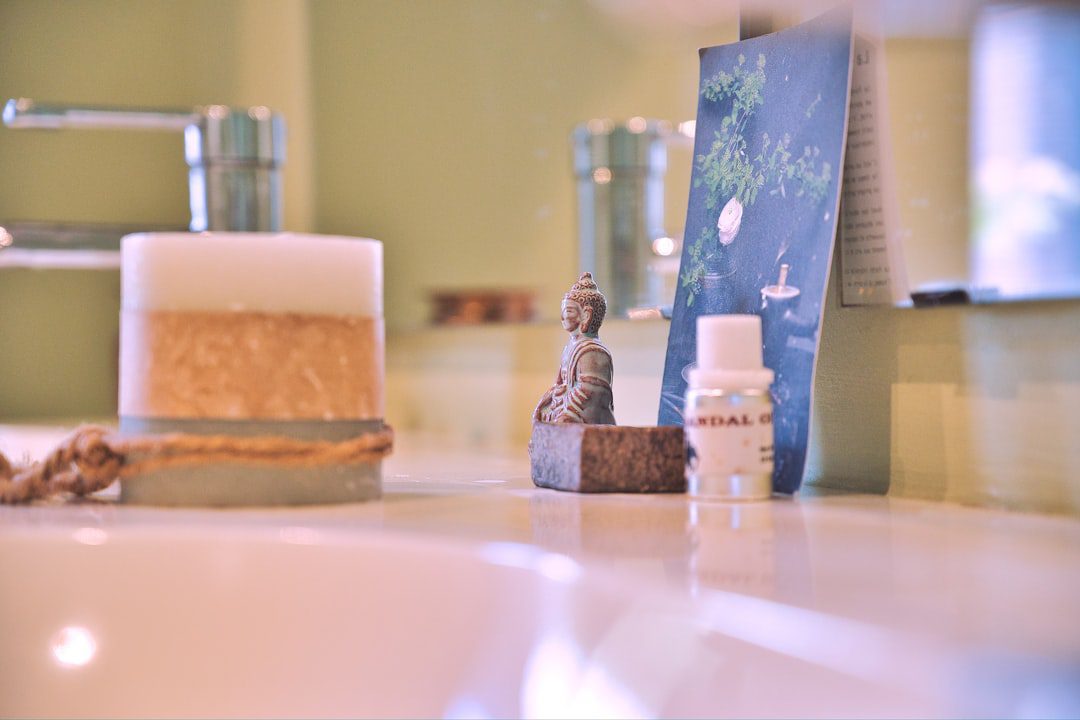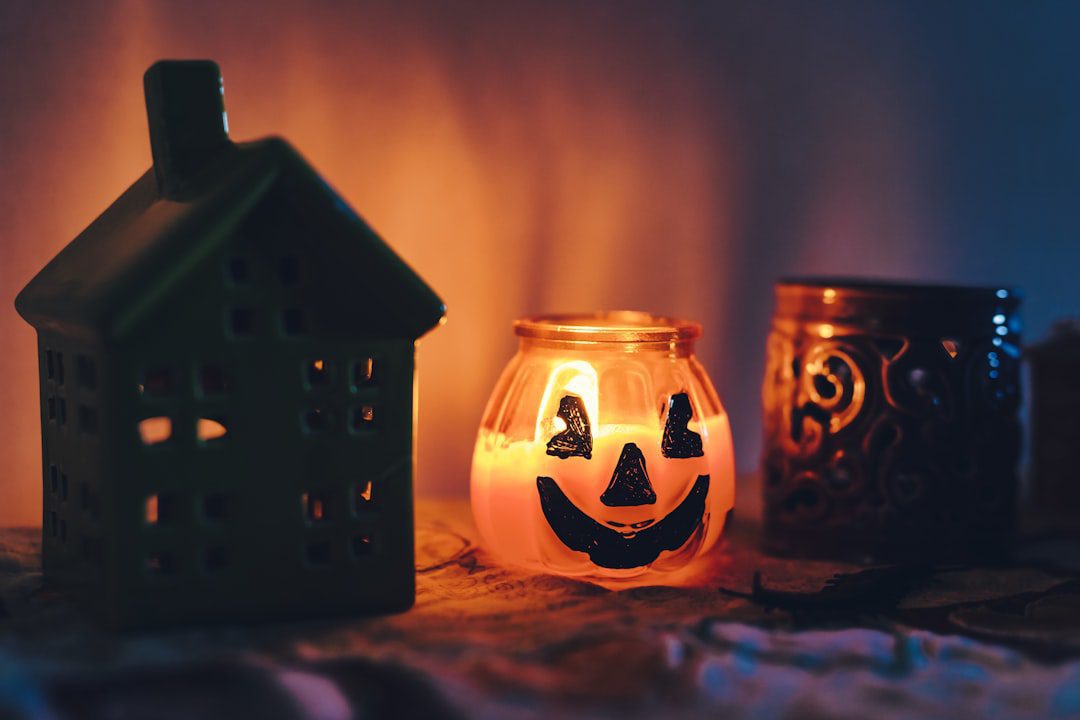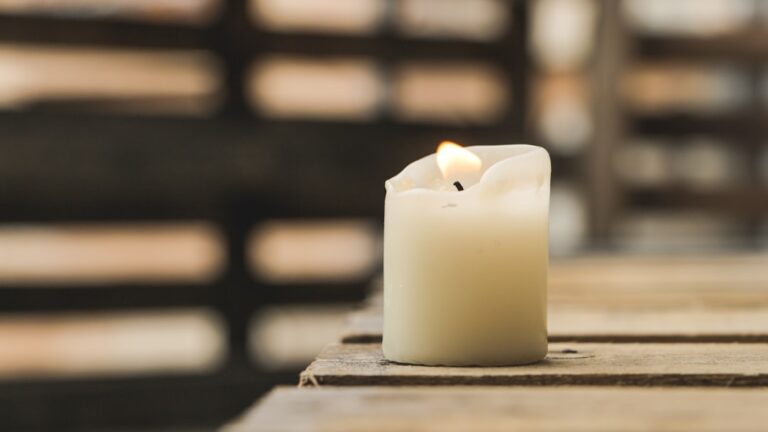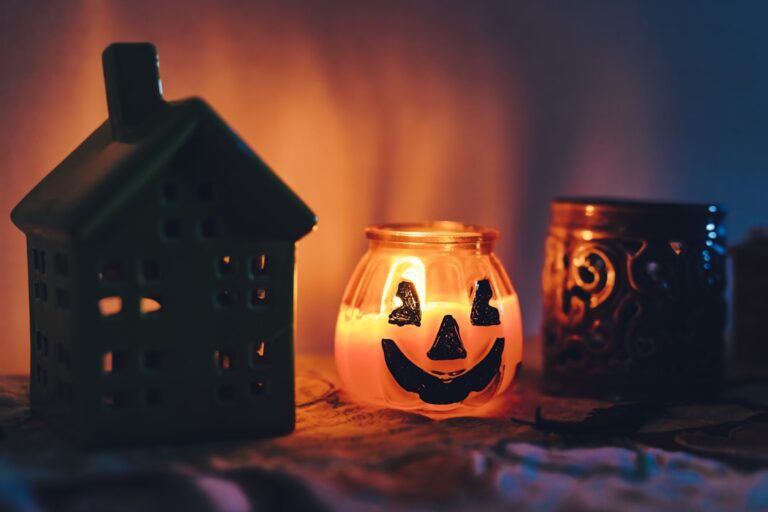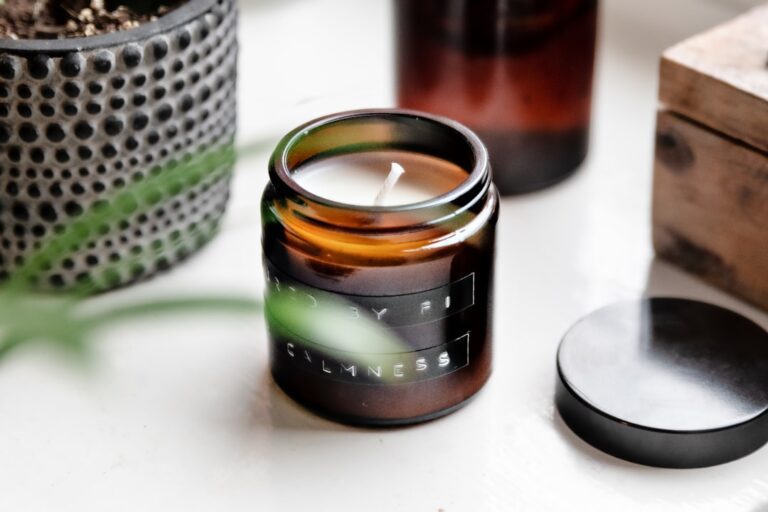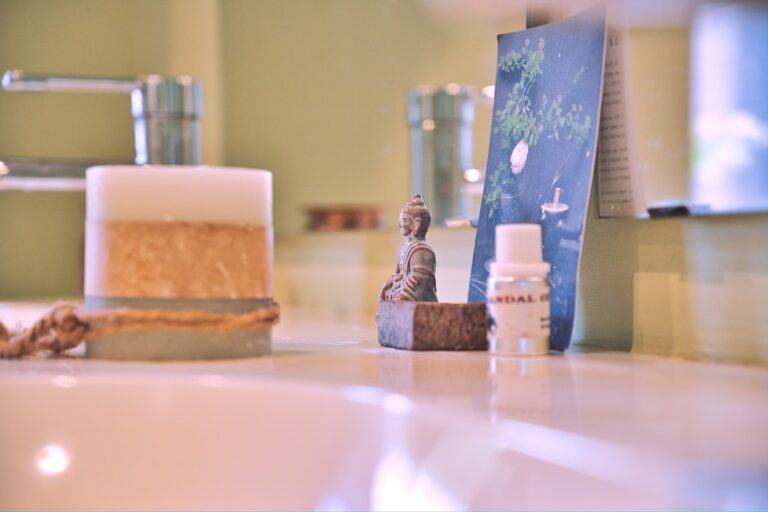How to create candles that promote calm and serenity.
The selection of scents is a pivotal aspect of candle making, as fragrances have the power to evoke emotions, trigger memories, and create an atmosphere conducive to relaxation. When choosing scents, it is essential to consider the intended purpose of the candle. For instance, lavender is renowned for its calming properties and is often used in candles designed for relaxation or sleep enhancement.
Similarly, chamomile and sandalwood are other popular choices that can help soothe the mind and body. On the other hand, citrus scents like lemon or orange can invigorate and energize, making them ideal for candles meant to uplift the spirit or enhance focus. Moreover, blending different fragrances can yield unique and complex aromas that cater to specific moods or settings.
For example, a combination of vanilla and cedarwood can create a warm, comforting scent that is perfect for cozy evenings at home. Alternatively, mixing eucalyptus with mint can produce a refreshing aroma that promotes clarity and concentration. It is also beneficial to consider seasonal scents; for instance, pumpkin spice and cinnamon are often favored during autumn, while floral scents like jasmine and peony are more popular in spring.
By thoughtfully selecting and blending scents, candle makers can craft products that resonate deeply with their audience and enhance their overall experience.
Key Takeaways
- Choose scents like lavender, chamomile, and vanilla for a calming effect
- Select larger candles for longer burn times and smaller ones for quick relaxation
- Use soft, soothing colors and simple, minimalist designs for a tranquil atmosphere
- Incorporate natural ingredients like soy wax and organic essential oils for a pure experience
- Add essential oils like eucalyptus and peppermint for their aromatherapy benefits
Selecting the Ideal Candle Shape and Size
The shape and size of a candle play a significant role in its functionality and aesthetic appeal. When selecting the ideal form, one must consider the intended use of the candle. For example, pillar candles are versatile and can stand alone or be grouped together for a more dramatic effect.
They are often used for decorative purposes or during special occasions. Votive candles, on the other hand, are smaller and typically used in holders, making them perfect for creating intimate settings or adding subtle illumination to a space. Size also matters when it comes to burn time and scent throw.
Larger candles tend to burn longer and can fill a room with fragrance more effectively than smaller ones. However, smaller candles can be more suitable for personal spaces like bedrooms or bathrooms where a gentle scent is desired. Additionally, the choice of shape can influence how the candle interacts with its environment.
For instance, tapered candles are often used in dining settings to create an elegant atmosphere, while tealights are perfect for accent lighting in various arrangements. By carefully considering both shape and size, candle makers can enhance the functionality and visual appeal of their products.
Using Relaxing Colors and Designs
Color psychology plays a crucial role in how individuals perceive their environment and can significantly influence mood and emotions. When creating candles intended for relaxation, opting for soft, muted colors such as pastels or earth tones can evoke feelings of calmness and serenity. Shades like light blue or soft green are often associated with tranquility and nature, making them ideal choices for candles designed to promote relaxation or meditation.
In addition to color, the design of the candle itself can enhance its calming effects. Simple, minimalist designs often convey a sense of peace and order, while intricate patterns may evoke creativity and inspiration. Incorporating natural elements into the design—such as wood finishes or botanical motifs—can further connect the candle to nature, reinforcing its relaxing qualities.
Furthermore, using frosted glass containers or matte finishes can create a soft glow when lit, adding to the overall ambiance of relaxation. By thoughtfully selecting colors and designs that align with the intended purpose of the candle, makers can create products that not only smell good but also visually contribute to a soothing environment.
Incorporating Natural and Organic Ingredients
The trend towards natural and organic ingredients in candle making reflects a growing consumer preference for products that are environmentally friendly and free from harmful chemicals. Utilizing natural waxes such as soy wax or beeswax not only supports sustainability but also enhances the quality of the candle. Soy wax is derived from soybeans and burns cleaner than paraffin wax, producing less soot and releasing fewer toxins into the air.
Beeswax, on the other hand, has natural air-purifying properties that can improve indoor air quality while providing a warm, honey-like scent when burned. In addition to wax selection, incorporating organic fragrance oils or essential oils is essential for creating high-quality candles that appeal to health-conscious consumers. Essential oils derived from plants not only provide delightful aromas but also offer therapeutic benefits.
For instance, using organic lavender essential oil can promote relaxation and stress relief, while eucalyptus oil may help clear the mind and enhance focus. By prioritizing natural ingredients in both wax and fragrance components, candle makers can create products that align with consumers’ values while delivering an exceptional sensory experience.
Adding Essential Oils for Aromatherapy Benefits
Essential oils have gained popularity not only for their delightful fragrances but also for their therapeutic properties. When added to candles, these oils can transform an ordinary product into an aromatherapy tool that enhances well-being. Each essential oil possesses unique characteristics; for example, bergamot is known for its uplifting qualities, making it an excellent choice for candles intended to boost mood or alleviate anxiety.
Similarly, ylang-ylang is often used in relaxation blends due to its calming effects on both the mind and body. The process of incorporating essential oils into candle making requires careful consideration of dilution ratios to ensure safety and effectiveness. Typically, a concentration of 6-10% essential oil is recommended for optimal scent throw without overwhelming the senses.
Additionally, blending different essential oils can create synergistic effects; for instance, combining lavender with chamomile can enhance relaxation even further than either oil alone. By harnessing the power of essential oils in their candles, makers can offer consumers not just a pleasant fragrance but also a holistic approach to wellness.
Creating a Soothing Ambiance with Candle Placement
The placement of candles within a space significantly influences their ability to create a soothing ambiance. Strategic positioning can enhance both the visual appeal and aromatic experience of candles. For instance, placing candles on dining tables during meals can foster intimacy and warmth among guests.
Similarly, positioning candles in bathrooms or bedrooms can transform these spaces into personal sanctuaries where individuals can unwind after a long day. Moreover, considering the height and arrangement of candles is crucial for maximizing their impact. Grouping candles of varying heights creates visual interest while allowing light to dance across surfaces in an inviting manner.
Using mirrors or reflective surfaces nearby can amplify this effect by bouncing light around the room. Additionally, ensuring that candles are placed away from drafts or direct airflow will help maintain an even burn and consistent scent throw throughout their use. By thoughtfully considering candle placement within a space, makers can enhance the overall atmosphere and promote relaxation.
Using Meditation and Mindfulness in the Candle Making Process
The act of candle making itself can be transformed into a meditative practice that fosters mindfulness and creativity. Engaging fully in each step—from selecting materials to pouring wax—allows makers to immerse themselves in the present moment. This intentional focus not only enhances the quality of the final product but also provides a therapeutic outlet for stress relief.
The rhythmic motions involved in melting wax or stirring fragrances can serve as a form of meditation that calms the mind. Incorporating mindfulness techniques during candle making can further deepen this experience. For example, setting intentions before beginning the process allows makers to connect emotionally with their creations.
This could involve reflecting on what they hope to achieve with each candle—whether it’s promoting relaxation or creating a joyful atmosphere—and infusing that intention into every step of production. Additionally, playing soft music or using calming scents during the process can enhance relaxation and creativity. By embracing meditation and mindfulness within candle making, artisans not only produce beautiful products but also cultivate inner peace.
Packaging and Presentation for a Tranquil Experience
The packaging of candles plays an integral role in shaping consumer perceptions and enhancing their overall experience. Thoughtful packaging design should reflect the calming qualities of the product inside while also being functional and sustainable. Using eco-friendly materials such as recycled cardboard or glass containers aligns with consumer preferences for environmentally conscious products while adding an element of sophistication.
Incorporating elements like soft colors or minimalist designs into packaging can evoke feelings of tranquility even before the candle is lit. Additionally, including informative labels that highlight key ingredients—such as natural waxes or essential oils—can educate consumers about the benefits of their purchase while reinforcing brand values centered around wellness and sustainability. Offering gift sets or curated collections in aesthetically pleasing boxes can also elevate the unboxing experience, making it feel special and intentional.
Furthermore, including small touches such as handwritten notes or care instructions adds a personal element that resonates with consumers seeking meaningful connections with brands. By prioritizing packaging design that reflects tranquility and mindfulness, candle makers can create an immersive experience that extends beyond just lighting a wick; it becomes an invitation to embrace relaxation and self-care in everyday life.
If you’re interested in learning how to create candles that promote calm and serenity, you may also want to check out this beginner’s guide to DIY soy wax candles. This article provides step-by-step instructions on how to make your own candles using soy wax, which is known for its clean burn and long-lasting scent. Additionally, if you’re looking to purchase supplies for your candle-making project, you can visit the Crafters Buzz online store to find everything you need. And if you’re just starting out and need some guidance, you can also explore their selection of beginner candle-making kits to kickstart your journey into the world of candle making.
FAQs
What are the benefits of using candles to promote calm and serenity?
Candles can help create a calming atmosphere through their soft, flickering light and gentle fragrance. They can also be used as a tool for meditation and relaxation.
What are some popular scents for candles that promote calm and serenity?
Popular scents for promoting calm and serenity include lavender, chamomile, sandalwood, vanilla, and jasmine. These scents are known for their soothing and relaxing properties.
What are some natural ingredients that can be used to create calming candles?
Natural ingredients such as essential oils, soy wax, beeswax, and coconut oil can be used to create calming candles. These ingredients are known for their calming and soothing properties.
How can the design of a candle contribute to promoting calm and serenity?
The design of a candle, such as its color and shape, can contribute to promoting calm and serenity. Soft, muted colors and simple, minimalist designs can help create a peaceful and tranquil atmosphere.
Are there any safety considerations to keep in mind when creating calming candles?
When creating calming candles, it is important to consider safety measures such as using high-quality, non-toxic ingredients, following proper candle-making techniques, and using appropriate containers and wicks to prevent accidents and ensure a safe burning experience.






